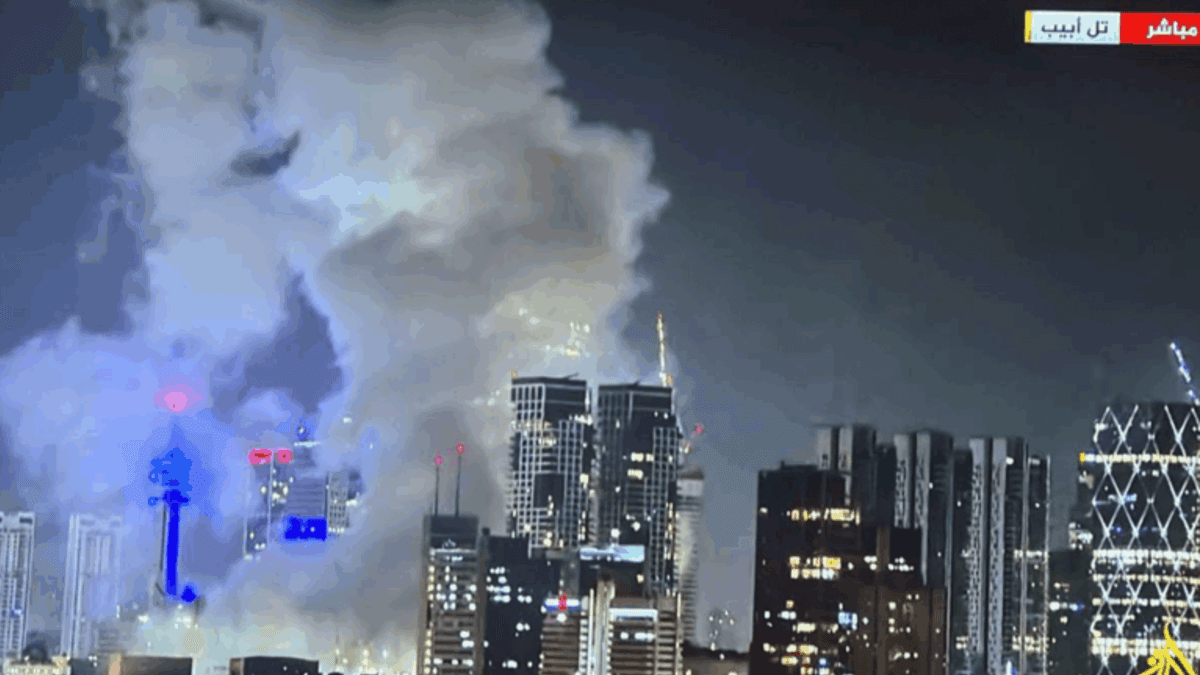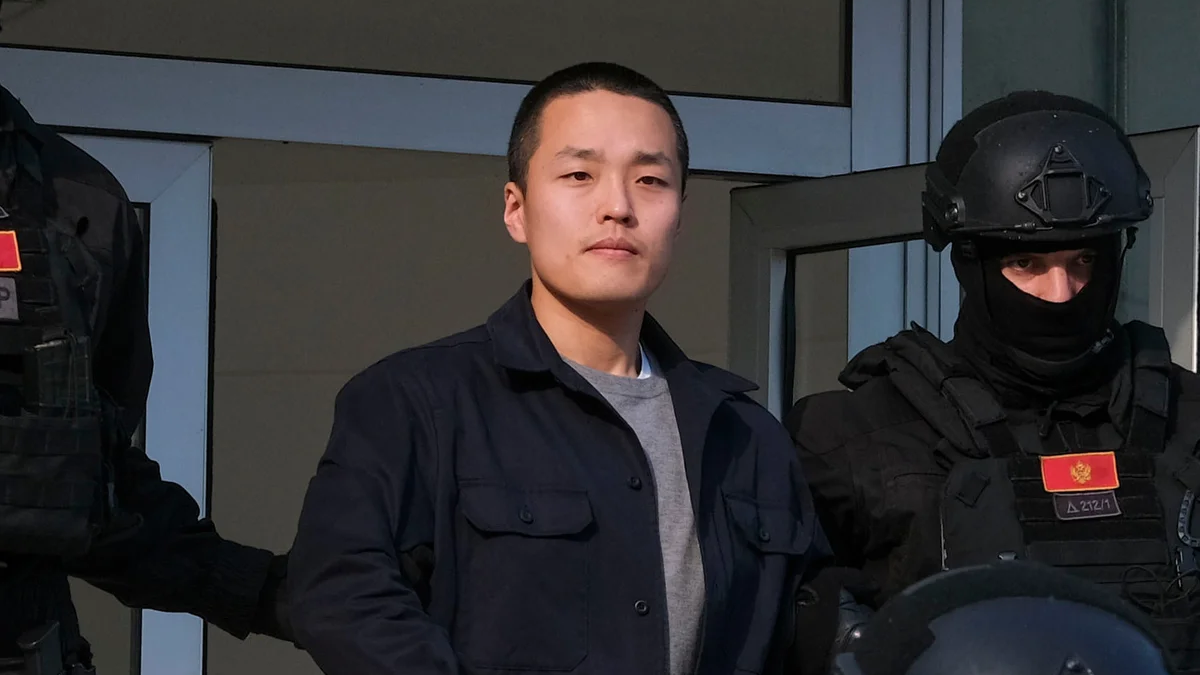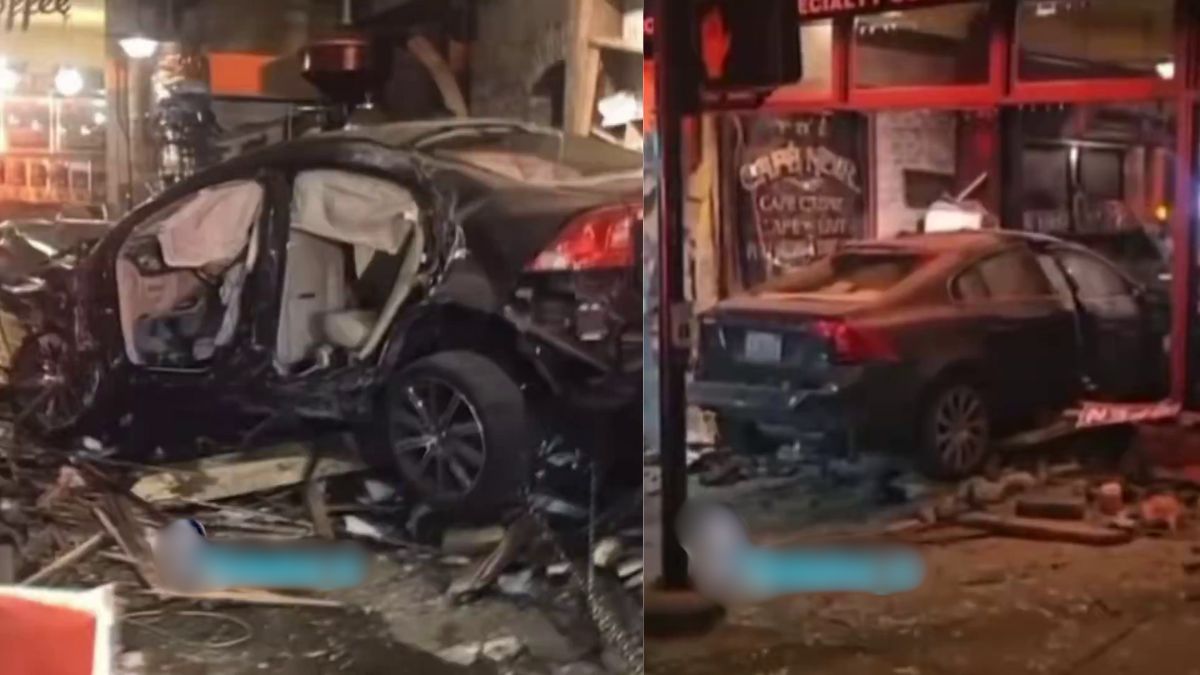Iran launches missile assault on Israel after Natanz strike kills top commanders
Iran fired hundreds of ballistic missiles at Israel on 13 June 2025, hitting Jerusalem and Tel Aviv, in retaliation for an Israeli strike on its Natanz nuclear facility that killed senior commanders. The confrontation marks one of the gravest escalations between the two rivals in decades.

- On 13 June 2025, Iran launched hundreds of ballistic missiles at Israel after an Israeli strike on the Natanz nuclear facility killed senior commanders.
- Israel justified its operation as necessary to prevent Iran from obtaining nuclear weapons, a claim Tehran denies.
- The escalation has sparked regional instability, injured civilians, and rattled global oil markets, while U.S.-backed diplomatic talks hang in the balance.
Iran launched a massive retaliatory missile assault on Israel on 13 June 2025, firing hundreds of ballistic missiles at major cities including Jerusalem and Tel Aviv, according to state media outlet IRNA. The attack came just days after Israel’s most extensive military operation against Iran, which targeted the Natanz nuclear facility and killed several of Tehran’s top commanders.
Sirens blared across Israel as residents were urged to take shelter. The Israeli military confirmed that two salvos of missiles were fired, many of which streaked across the Tel Aviv skyline before being intercepted or striking their targets.
Iran’s Supreme Leader Ayatollah Ali Khamenei accused Israel of starting a war and warned that “nowhere in Israel would be safe.” A senior Iranian official said the country’s revenge would be “painful.”
Israel defended its operation, with Prime Minister Benjamin Netanyahu declaring that intelligence showed Iran was “days away” from producing enough fissile material for multiple nuclear bombs. In a national broadcast, Netanyahu said Israel’s campaign would continue “for as many days as it takes to remove this threat.”
Strike on Natanz nuclear facility
The Israeli assault destroyed the above-ground pilot enrichment plant at Natanz, according to Rafael Grossi, head of the International Atomic Energy Agency (IAEA). Inspectors are still assessing damage to two other major facilities: the Fordow enrichment plant and the complex at Isfahan.
Iran’s envoy to the United Nations, Amir Saeid Iravani, reported that 78 people were killed, including top military officials, and more than 320 others were wounded, most of them civilians. He accused the United States of complicity, asserting that Washington bore “full responsibility for the consequences.”
Among those killed were Major General Mohammad Bagheri, chief of staff of Iran’s armed forces, and Hossein Salami, commander of the Islamic Revolutionary Guard Corps. Salami’s successor, Major General Mohammad Pakpour, vowed retaliation, declaring: “The gates of hell will open to the child-killing regime.”
Two regional sources cited by Reuters said at least 20 senior Iranian commanders were killed, describing the scale of the strike as a “decapitation” similar to Israeli operations that had previously weakened Hezbollah in Lebanon.
Covert operations and Israeli strategy
Israeli security sources disclosed that Mossad agents carried out covert operations inside Iran ahead of the strike. Israel also established an attack-drone base near Tehran to neutralise radar systems and surface-to-air missile launchers. Military statements said these actions paved the way for the success of the Natanz operation.
Netanyahu, who has long warned of Iran’s nuclear ambitions, argued that the strike was necessary to stop Tehran from acquiring nuclear weapons. Israel and its Western allies maintain that Iran’s programme has military objectives, while Iran insists it is solely for civilian energy.
Domestic reaction in Iran
The atmosphere inside Iran grew tense after the Israeli operation. Civilians reported fear and uncertainty, with some seeking to convert currency or explore ways to flee. “People on my street rushed out of their homes in panic. We were all terrified,” said Marziyeh, a 39-year-old resident of Natanz.
While some quietly expressed hope that the attack could weaken the clerical establishment, others voiced strong support for Iran’s nuclear efforts. “I will fight and die for our right to a nuclear programme,” said Ali, a member of the pro-government Basij militia in Qom.
Regional fallout
The crisis threatens to destabilise the wider Middle East. Iran’s network of regional proxies has been significantly weakened in recent years. The downfall of Syrian President Bashar al-Assad, combined with the weakening of Hezbollah in Lebanon and Hamas in Gaza, has reduced Tehran’s ability to retaliate indirectly.
Despite this, Israel reported that a missile launched from Yemen, where the Iran-backed Houthi militia operates, struck Hebron in the occupied West Bank. The Palestinian Red Crescent confirmed that three Palestinian children were wounded by shrapnel.
Oil prices surged in global markets amid fears of broader conflict, though OPEC stated the escalation did not warrant immediate adjustments to production or supply.
International reactions
In an interview with Reuters, United States President Donald Trump confirmed that nuclear talks with Iran, scheduled for 15 June, remained on the agenda but acknowledged that their future was uncertain.
“We knew everything,” Trump said, referring to Israeli attack plans. “I tried to save Iran humiliation and death… They can still work out a deal, however, it’s not too late.”
Israeli national security adviser Tzachi Hanegbi conceded that military operations alone could not eliminate Iran’s nuclear programme. He suggested, however, that the strikes might create conditions favourable for a U.S.-led diplomatic solution.
The United Nations called for restraint. IAEA officials underscored the urgent need for inspections to continue, warning that the destruction of nuclear facilities could complicate monitoring of Iran’s programme.








0 Comments